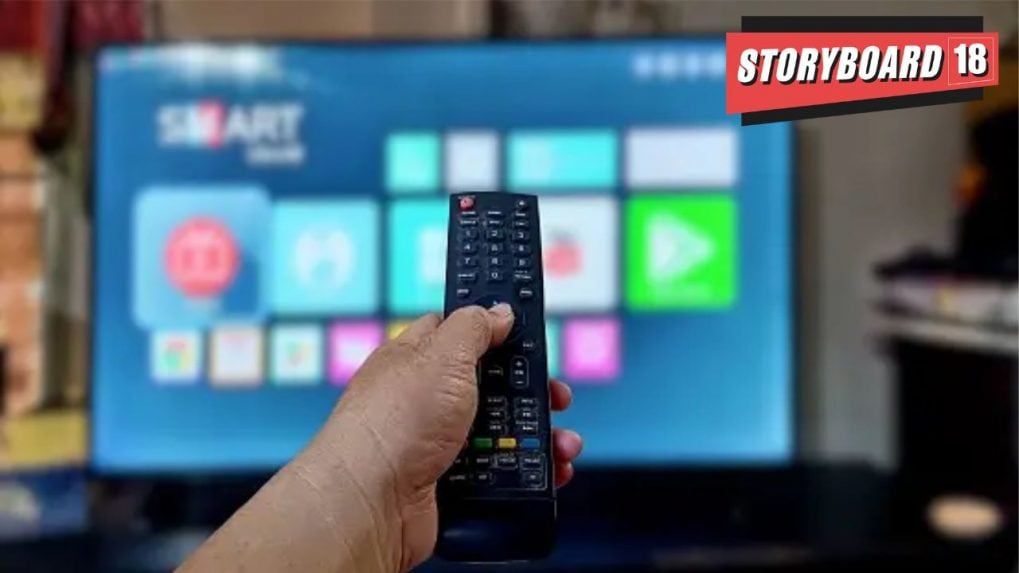Advertising
From Pink Slips to Silent Sidelining: Inside adland’s layoff and anxiety crisis

India’s booming OTT market is undergoing a clear shift in viewer behavior. Once riding high on a surge in paid subscriptions, the industry is now seeing a return to its roots: free, ad-supported content. As more consumers balk at rising subscription costs, hybrid and AVOD (Advertising Video on Demand) models are gaining traction—particularly in Tier 2 and 3 cities where affordability shapes viewing choices.
“Subscription fatigue is real, especially in a market like India where value drives decisions,” says Prashant Puri, CEO & Co-Founder of AdLift. “The hybrid model—ads plus subscription—is emerging as the sweet spot, offering affordability without compromising on content quality.”
India’s digital advertising market is thriving. According to Dentsu India, digital ad spends are projected to cross Rs 59,200 crore by 2025. OTT platforms are primed to capture a large chunk of this pie, especially as user acquisition slows down in the SVOD space.
“Platforms like YouTube and JioStar have normalized ad exposure even within premium content,” says Raj Swaminathan, Sr. Director at Globale Media. “For platforms, this means scaling reach without alienating users.”
As per Ormax's OTT Report released last year, India's digital video audience universe stands at 547.3 million, of which 28% are SVOD audiences while the remaining (72%) are AVOD audiences. The SVOD audience base has shown a 2% decline, dropping from 153.0 million in 2023 to 150.6 million in 2024.
While platforms like Netflix and Amazon Prime have carved out a premium subscriber base, much of the mass market remains price-sensitive, experts say SVOD penetration remains lower compared to Western markets. Even premium platforms are now experimenting with ad-supported tiers to reach wider audiences.
The result is a more nuanced streaming model—offering users a choice between completely free content with ads, low-cost plans with limited ads, and premium ad-free experiences.
“In Tier 2 and Tier 3 markets, people don’t want to pay Rs 200 a month just to skip ads,” says a media planner, adding, "but they’ll watch ads if the content is regional, fresh, and culturally relevant.”
This trade-off—time for value—is something Indian audiences are uniquely comfortable with. Dhurvin Shah, CEO of JOJO, underscores this. “India has long embraced ad-supported content. Viewers either pay with time or money, depending on the experience. For us, AVOD helped us build a base of over 65 lakh users.”
The Shift Is Structural, Not Temporary
While the COVID-19 years saw an unprecedented spike in paid OTT subscriptions, the post-pandemic economy is recalibrating consumption habits. Inflation, app overload, and content fatigue are forcing consumers to consolidate where they spend—and platforms are taking note, say experts.
“Indian consumers were ambushed by choice,” says Sadamate. “Now they want flexibility, relevance, and consistency. That’s where AVOD wins.”
Even Amazon Prime Video’s recent move to introduce ads in India underscores this evolution. With its deep e-commerce integration and massive reach, Amazon could become the poster child for a content-to-commerce ecosystem that marries AVOD efficiency with transactional convenience.
The Path Forward: Personalization and Control
Ad tolerance may be high, but relevance is key. As Sukhpreet Singh, CRO of Dish TV, points out: “Seamless, intelligent ad integration will be the differentiator. The goal is to make advertising feel less like an interruption and more like part of the viewing experience.”
That means more targeted ads, smarter frequency caps, and increased personalization based on user behavior and geography.
“India isn’t just ready for AVOD—it’s leading the way,” says Siddharth Devani, Co-Founder of SoCheers. “Unlike the West, where ad resistance is high, India’s digital ecosystem thrives on flexibility. Platforms that understand this duality—free and premium, urban and rural, ad-tolerant and ad-free—will be the ones to win.”
This isn’t a death knell for SVOD, but rather a moment of realignment, sums up experts. The high-ARPU, low-churn subscribers will remain loyal—but they’re now the exception, not the norm, believe experts. To scale sustainably, OTT platforms in India must blend premium storytelling with accessible monetization models. In a country where 32% of total media revenue now comes from digital, the future of OTT lies in diversity not just of content, but of pricing, access, and ad experiences.
From purpose-driven work and narrative-rich brand films to AI-enabled ideas and creator-led collaborations, the awards reflect the full spectrum of modern creativity.
Read MoreLooking ahead to the close of 2025 and into 2026, Sorrell sees technology platforms as the clear winners. He described them as “nation states in their own right”, with market capitalisations that exceed the GDPs of many countries.